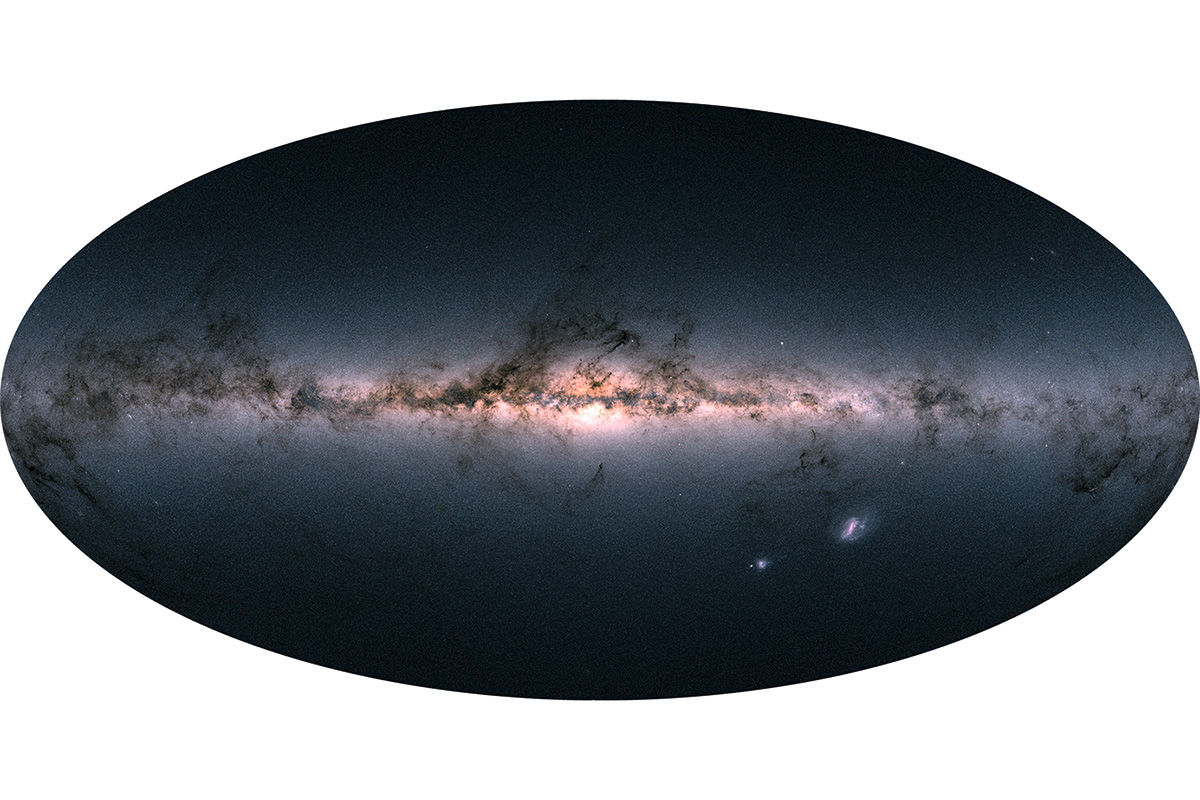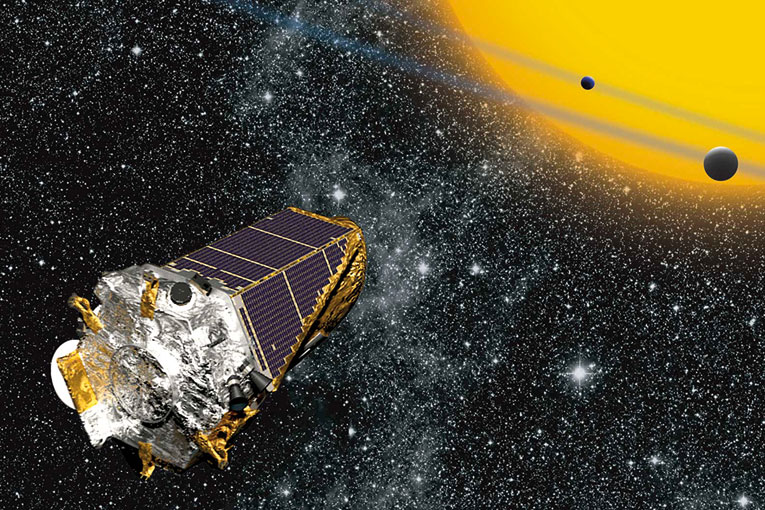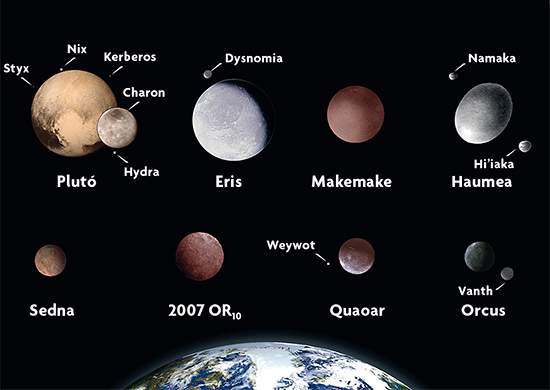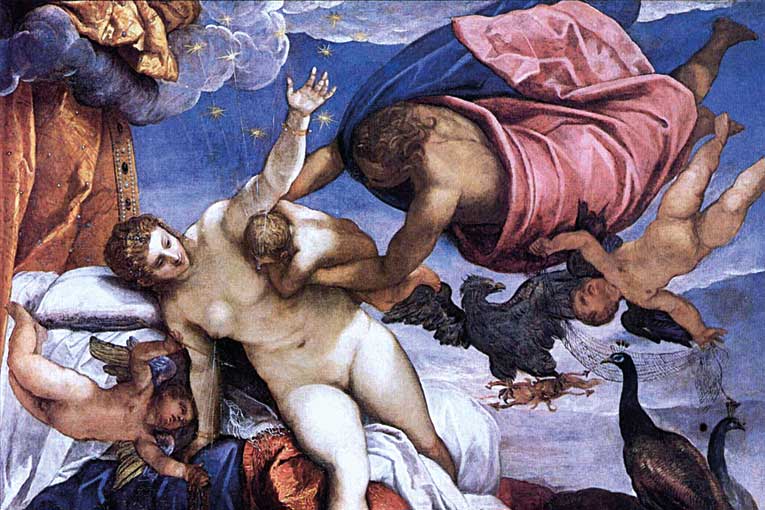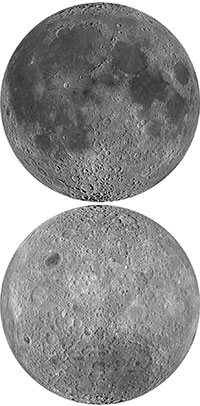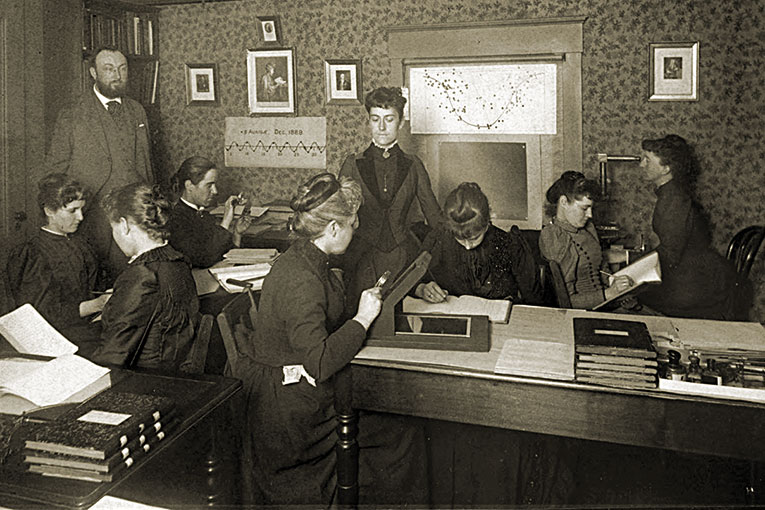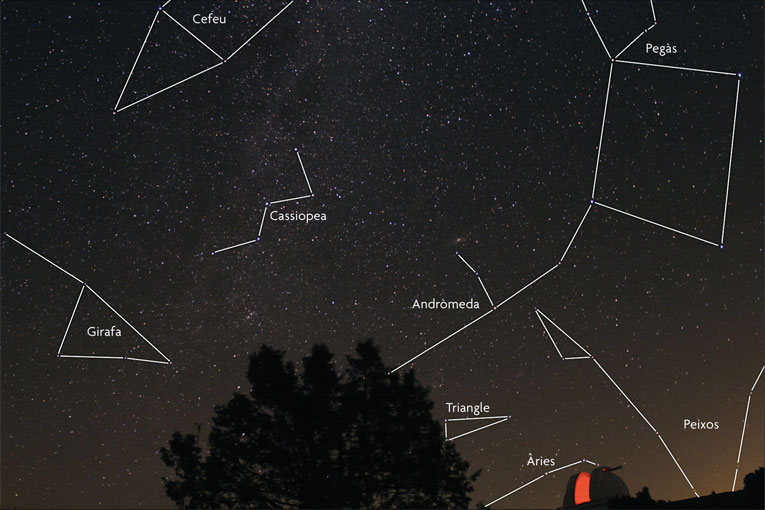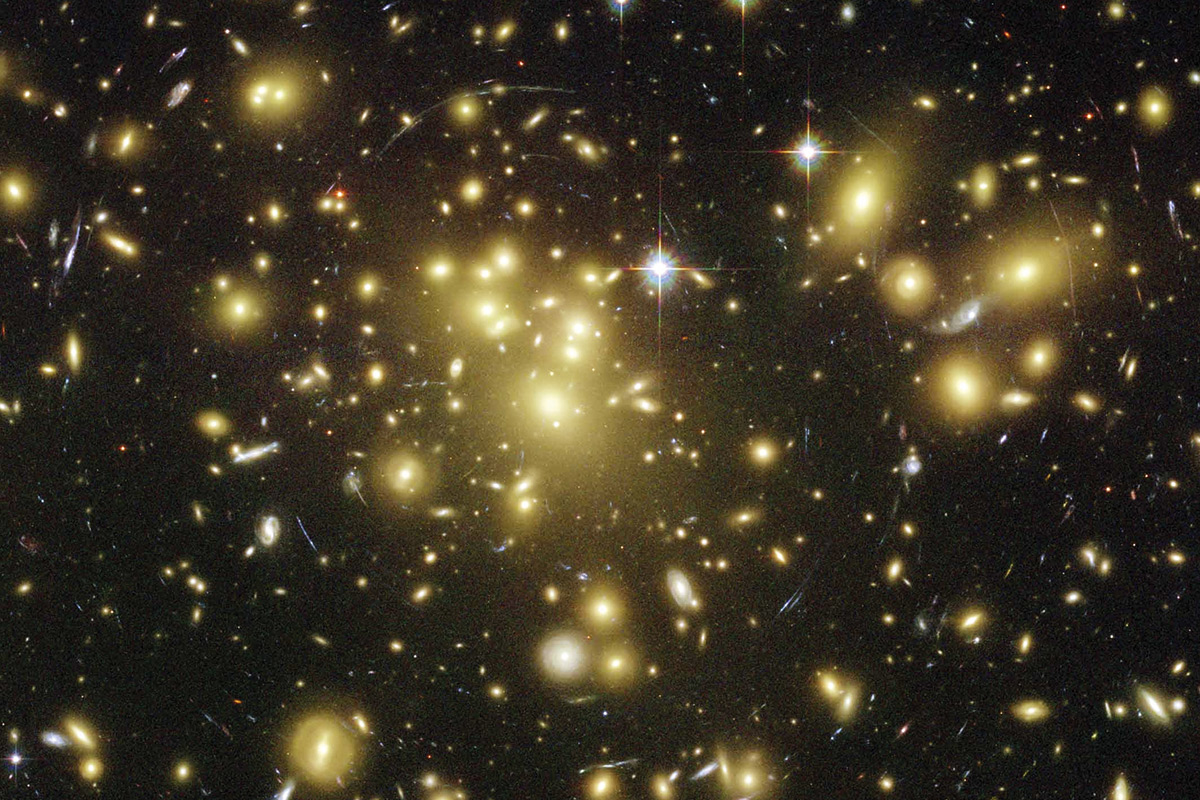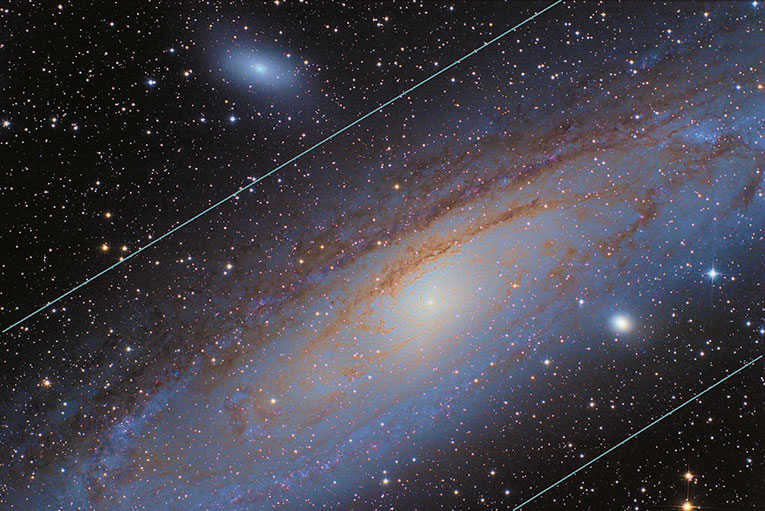Search
Recently, a star with a very unromantic name, KIC 8462852, became a trend in some social networks. It is a very common star, located in our galactic neighborhood, some 1,500
On 4 September, the cover of Nature showed a dark background with a strange figure made of light filaments, one that could remind us of neurons, over which we could
Cortesia de Harvard College Observatory Harvard's «computers» in 1891. Williamina Fleming is standing in the centre of the image and Edward Pickering is on the left. Nowadays
© Photo: Javier Díez (www.jdiez.com). Montage of the constellations: Fernando Ballesteros. The night sky from the Observatory of the University of Valencia in Aras de los Olmos. In the photograph we
Since Swiss astronomers Michel Mayor and Didier Queloz announced the discovery of the first extrasolar planet or exoplanet, in 1995, different research groups worldwide took up the hunt for planets
© V. Peris i J. L. Lamadrid Picture of the Andromeda galaxy. Picture taken by the astrophotographer from the Astronomical Observatory of the University of Valencia, Vicent Peris and his



